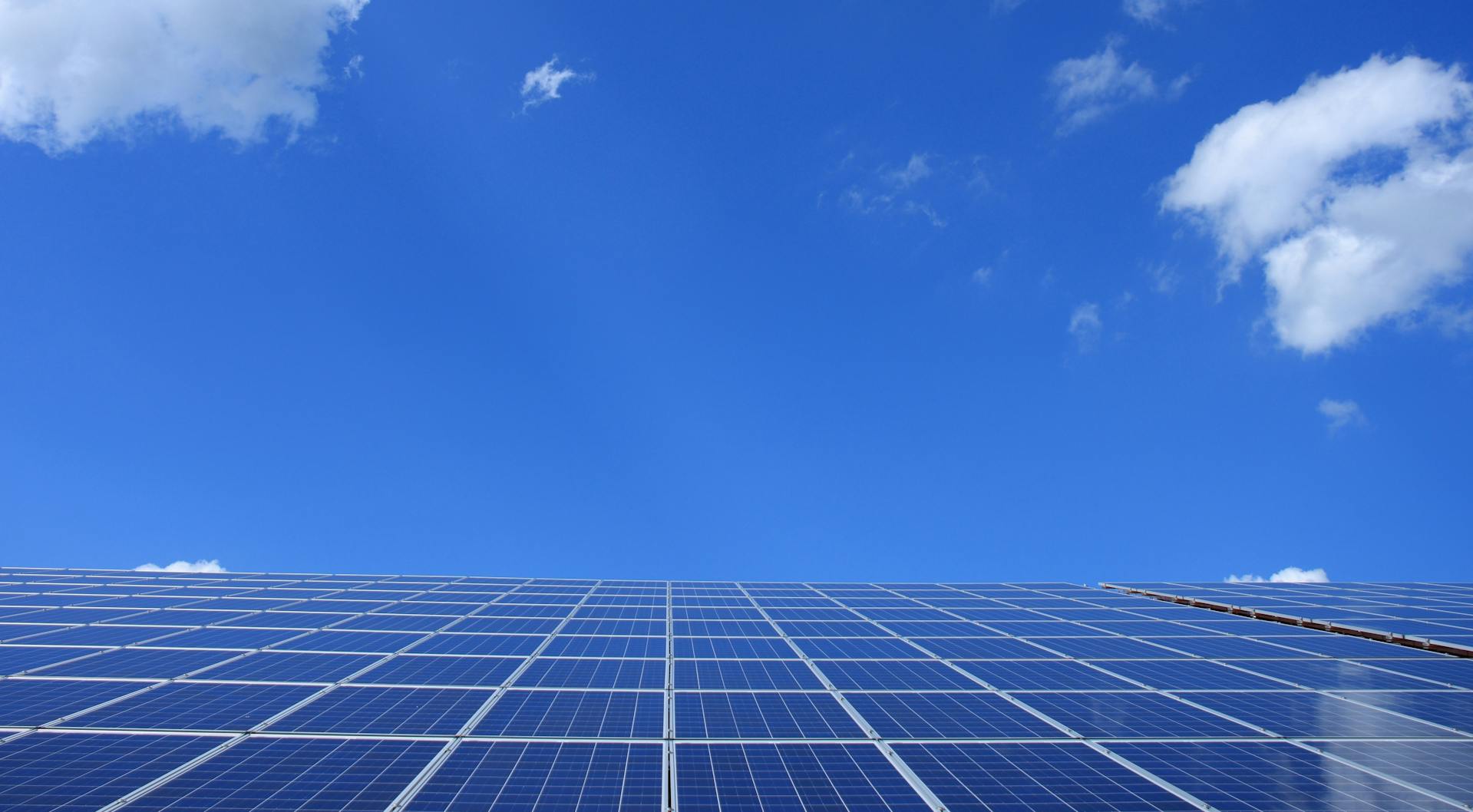The Future of Solar Power in Urban Planning
June 8, 2024

In today’s rapidly evolving world, the importance of sustainable energy sources like solar power in shaping urban landscapes cannot be overstated. The integration of solar energy into urban planning is paving the way for cleaner, greener, and more energy-efficient cities.
Benefits of Solar Power in Urban Planning:
- Renewable Energy: Solar power offers a sustainable and renewable energy source that reduces reliance on fossil fuels.
- Cost-Effective: Solar panels and infrastructure investments lead to long-term cost savings for urban developments.
- Environmental Impact: Solar energy helps reduce carbon footprints, combat climate change, and improve air quality in cities.
Integration of Solar Power in Urban Infrastructure: The seamless integration of solar panels on rooftops, facades, and public spaces within urban areas maximizes energy generation potential and contributes to a visually appealing urban landscape.
Innovative Urban Design with Solar Energy:
- Green Buildings: Incorporating solar panels in building designs enhances energy efficiency and reduces the environmental impact of urban structures.
- Solar-Powered Transport: Urban planning integrating solar-powered public transport systems promotes sustainable mobility and reduces carbon emissions.
- Smart Grid Solutions: Implementing smart grid technologies enables efficient management and distribution of solar energy within urban environments.
Related Post- The Role of Solar Energy in Sustainable Urban Development
Challenges and Solutions in Solar Urban Planning:
- Space Limitations: Creative solutions like vertical solar panels, solar canopies, and floating solar farms address space constraints in dense urban areas.
- Regulatory Barriers: Streamlined permitting processes and updated building codes facilitate the widespread adoption of solar technology in urban planning.
- Community Engagement: Involving communities in solar projects fosters awareness, acceptance, and collaboration for successful urban solar integration.
Case Studies: Successful Solar Urban Projects:
- Solar-Powered Communities: Examples of neighborhoods with solar microgrids showcasing energy self-sufficiency and resilience.
- Solar Parks in Cities: Public spaces converted into solar parks providing clean energy and recreational opportunities for urban residents.
- Solar-Powered Infrastructures: Integration of solar technology in iconic urban landmarks demonstrating sustainability and innovation in city development.
Conclusion: As we look ahead to the future of urban planning, the role of solar power is indisputable in creating sustainable, resilient, and environmentally conscious cities. Harnessing the potential of solar energy in urban design contributes to a brighter and greener tomorrow for all. The time to embrace “The Future of Solar Power in Urban Planning” is now.
In today’s rapidly evolving world, the importance of sustainable energy sources like solar power in shaping urban landscapes cannot be overstated. The integration of solar energy into urban planning is paving the way for cleaner, greener, and more energy-efficient cities.
Benefits of Solar Power in Urban Planning:
- Renewable Energy: Solar power offers a sustainable and renewable energy source that reduces reliance on fossil fuels.
- Cost-Effective: Solar panels and infrastructure investments lead to long-term cost savings for urban developments.
- Environmental Impact: Solar energy helps reduce carbon footprints, combat climate change, and improve air quality in cities.
Integration of Solar Power in Urban Infrastructure: The seamless integration of solar panels on rooftops, facades, and public spaces within urban areas maximizes energy generation potential and contributes to a visually appealing urban landscape.
Innovative Urban Design with Solar Energy:
- Green Buildings: Incorporating solar panels in building designs enhances energy efficiency and reduces the environmental impact of urban structures.
- Solar-Powered Transport: Urban planning integrating solar-powered public transport systems promotes sustainable mobility and reduces carbon emissions.
- Smart Grid Solutions: Implementing smart grid technologies enables efficient management and distribution of solar energy within urban environments.
Challenges and Solutions in Solar Urban Planning:
- Space Limitations: Creative solutions like vertical solar panels, solar canopies, and floating solar farms address space constraints in dense urban areas.
- Regulatory Barriers: Streamlined permitting processes and updated building codes facilitate the widespread adoption of solar technology in urban planning.
- Community Engagement: Involving communities in solar projects fosters awareness, acceptance, and collaboration for successful urban solar integration.
Case Studies: Successful Solar Urban Projects:
- Solar-Powered Communities: Examples of neighborhoods with solar microgrids showcasing energy self-sufficiency and resilience.
- Solar Parks in Cities: Public spaces converted into solar parks providing clean energy and recreational opportunities for urban residents.
- Solar-Powered Infrastructures: Integration of solar technology in iconic urban landmarks demonstrating sustainability and innovation in city development.
Conclusion:
As we look ahead to the future of urban planning, the role of solar power is indisputable in creating sustainable, resilient, and environmentally conscious cities. Harnessing the potential of solar energy in urban design contributes to a brighter and greener tomorrow for all. The time to embrace “The Future of Solar Power in Urban Planning” is now.